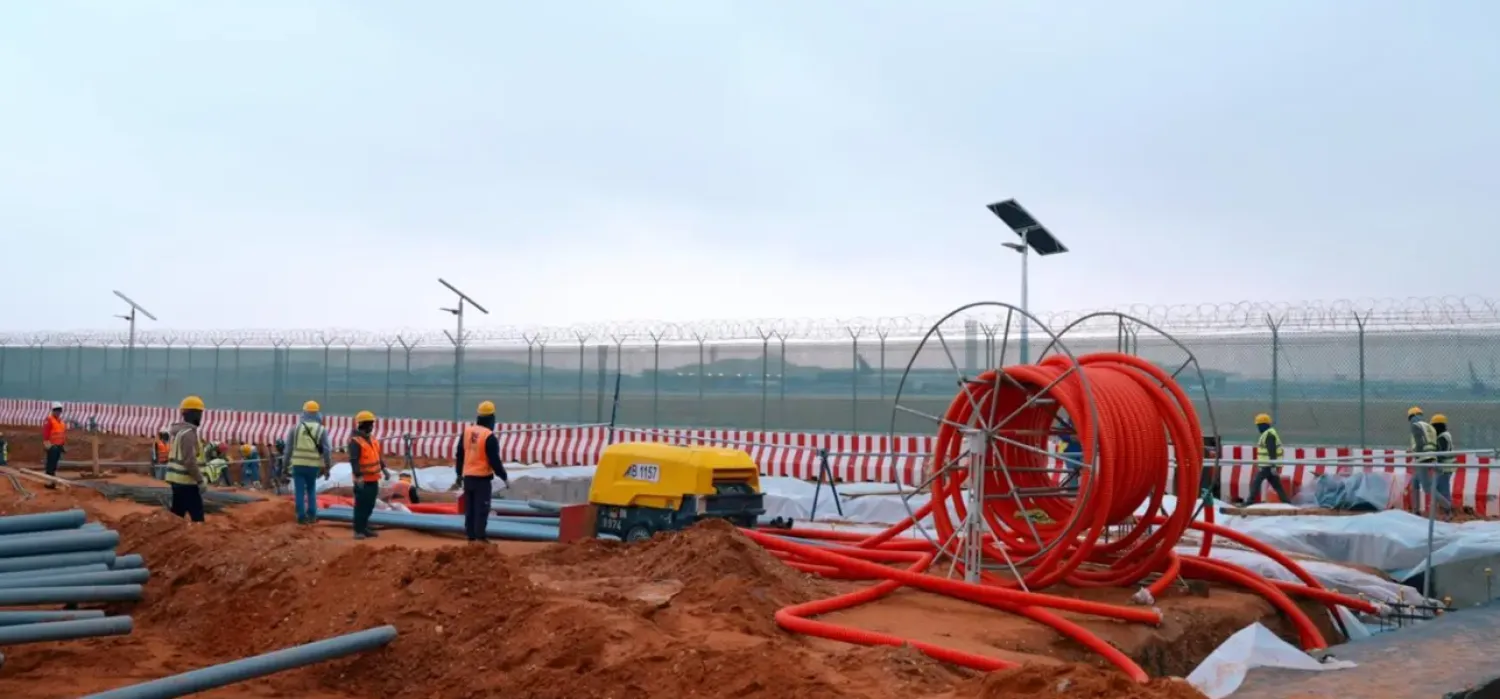Saudi Arabia and Uzbekistan signed 13 agreements worth $12 billion, on the sidelines of the visit of Uzbek President Shavkat Mirziyoyev to Saudi Arabia, at the invitation of the Custodian of the Two Holy Mosques, King Salman bin Abdulaziz Al Saud.
The deals were signed on Wednesday between the Saudi and Uzbek private sectors during the Saudi-Uzbek Business Council meeting.
Saudi Minister of Investment Khalid al-Falih and Deputy Prime Minister and Minister of Investment and Foreign Trade of Uzbekistan Jamshid Khojayev attended the signing ceremony.
The agreements come within the framework of strengthening efforts between the two countries, promoting investments, and increasing joint projects between Saudi and Uzbek companies.
The agreements included investment activities in various strategic sectors such as health, energy, aviation, tourism, pharmaceuticals, construction, food, and technology.
The signed agreements aim to explore investment opportunities, advance the partnership between the Saudi and Uzbek private sectors, encourage and enhance mutual investments in targeted sectors, expand the strategic partnership, develop investment, and exchange data on available investment opportunities.
Falih said the partnership with Uzbekistan is vital for both countries, saying Tashkent is witnessing distinct development in Asia.
Trade exchange between the two countries reached good levels during the past years, said Falih, adding that Saudi Arabia looks forward to strengthening it through the current agreements and partnerships.
Saudi Arabia and Uzbekistan have strong economic and trade relations.
The Kingdom was one of the first countries to recognize the independence of Uzbekistan. They signed a memorandum of understanding in December 1991, and in February 1992, they agreed on an exchange of diplomatic missions.
A few months ago, Falih sponsored laying the foundation stone for the Syrdarya power plant. He also launched several projects of ACWA Power to establish a combined-cycle gas turbine power plant in Shirin.
ACWA Power is the only Saudi company investing in Uzbekistan, amounting to $2.6 billion.
ACWA Power has implemented or participated in the implementation of four energy generation projects, both renewable and conventional, with a 20 percent capacity of the country's total production.
The value of trade exchange between Saudi Arabia and Uzbekistan amounted to $16.6 million in 2021.
Saudi exports amounted to $1.6 million, compared to imports worth $15 million, thus tilting the trade balance in favor of Uzbekistan by $13 million.
The volume of Saudi non-oil exports to Uzbekistan in 2021 is about $16 million, while non-oil imports amounted to $14 million.
Petrochemicals are among the Kingdom's most important exports to Uzbekistan, while food products are the highest Uzbek imports to Saudi markets.
In 2022, Uzbekistan presented Saudi Arabia with its proposals for developing bilateral relations, focusing on the economic aspect, increasing the volume of trade exchange to $100 million this year and reaching $400 million in 2024.









